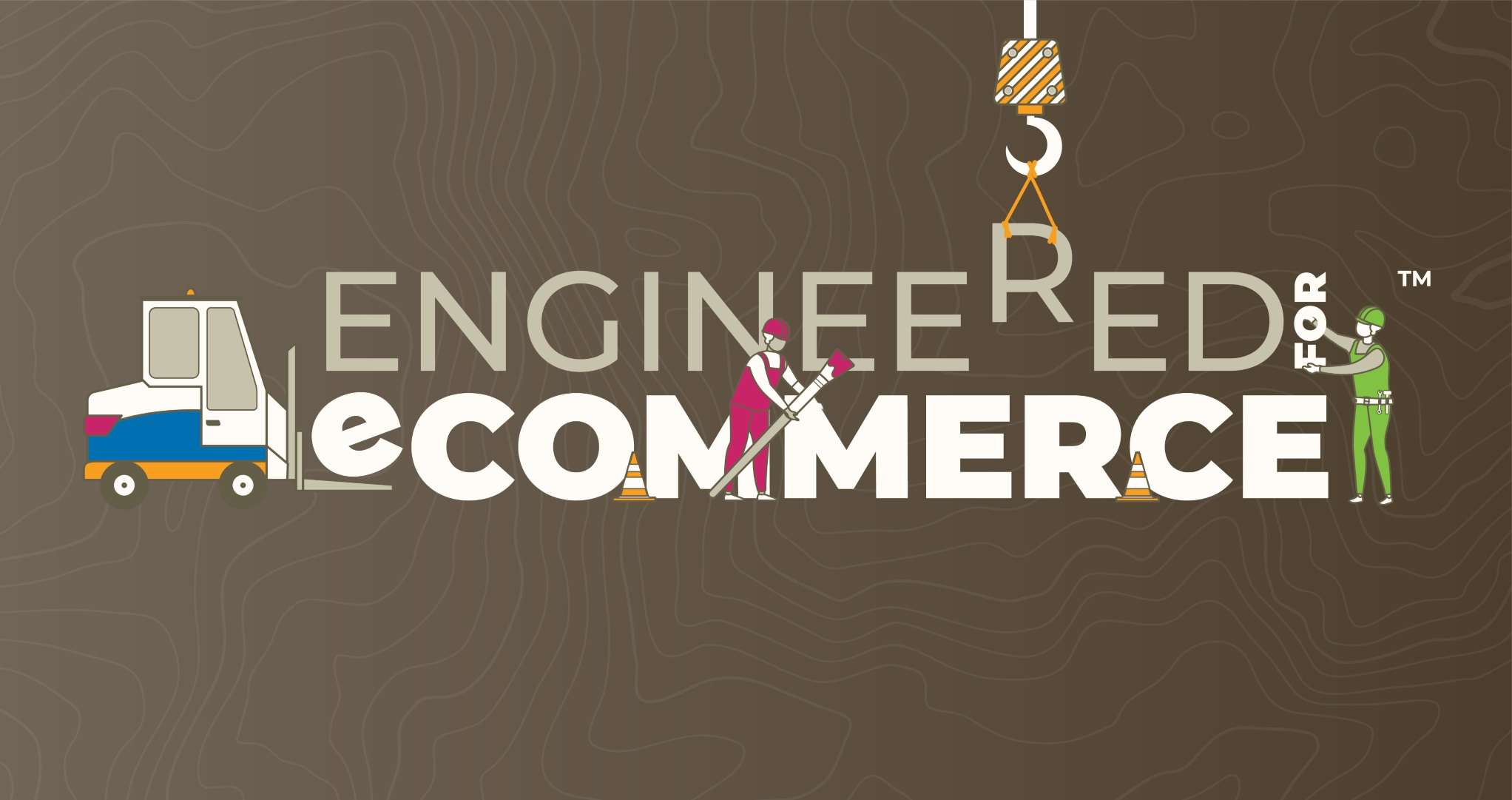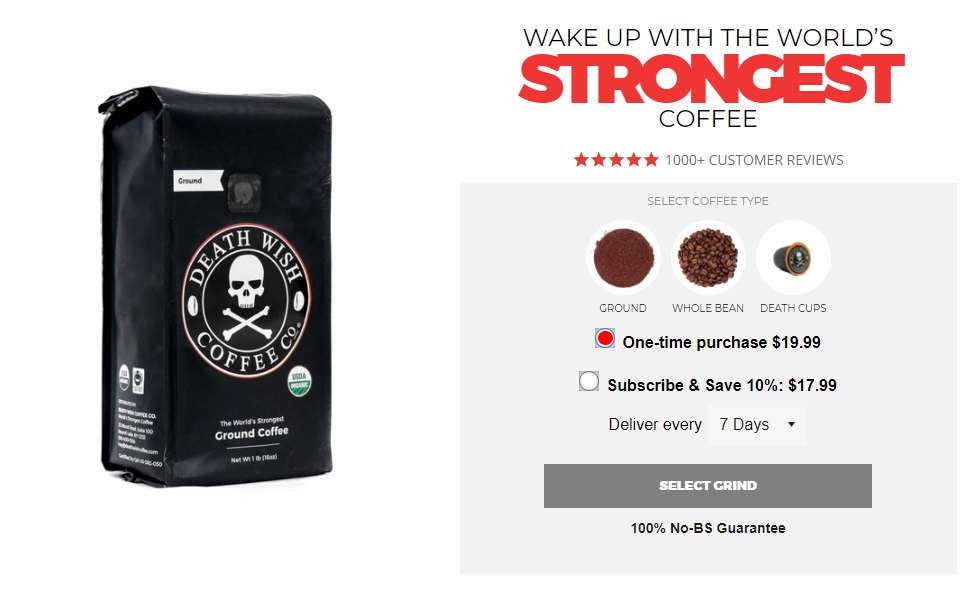We recently hosted a two-part webinar series called “Engineered for eCommerce” as part of the firstmovr D2C Now eCommerce Summit. In it, we looked for lessons from successful brands that were engineered for eCommerce from the ground up!
In part one, we focused on DTC brand fundamentals. We started with making the distinction between “unicorns” and “mules” in the eCommerce space.
eCommerce unicorns like Outdoor Voices, Glossier, and others have a well-earned reputation for spending recklessly. They get a lot of press and VC funding, but 2020 hasn’t exactly been a great year for them. We dig into this more in the webinar, but suffice it to say, burning cash long term is much harder to pull off now.
At BOLD, we prefer studying mules. These are the smaller, scrappier companies (often founder-funded) that have to survive on a lot less. They can’t burn cash like the unicorns, so they have to spend it more wisely.
We’ve been studying mules for 3 years to see how they operate, and here’s what they have in common:
- Generally smaller, bootstrapped, or Angel operations (leaner).
- Measured in their approach (unlike the unicorns, who explode onto the scene)
- Hybridized in retail eCommerce, meaning they blend DTC, marketplaces, and media into one big ecosystem
The companies we studied for this event are Death Wish Coffee, Puracy, Anker, Each and Every, and WOW.
So, what can you learn from mules about eCommerce? We broke it down into 5 key fundamentals.
Lesson 1: Keep tech and operations lightweight.
Use lightweight solutions and keep things simple. After all, your business is already complicated enough.
There are three main things we see successful eCommerce brands doing:
- They use a full SAAS model like Shopify, which is the number one commercial eCommerce platform today. They also use off-the-shelf applications for enhanced capabilities.
- They’re consistent across channels. They test content and reapply what works.
- They often combine their marketplace and DTC fulfillment by using Amazon Multi-Channel to keep the back-office simple. This allows for one inventory pool which is a major benefit to smaller players. You can learn more about Amazon and Shopify integration in our blog post, Amazon and Shopify: Even Better Together.
Lesson 2: Master differentiation.
The mules may not be as flashy as the unicorns, but they know what they want to say and keep their communications tight. Being choiceful and opting for a simplified message allows them to go head-to-head with unicorns and big companies. They constantly reinforce their messaging with everything they touch—item content, packaging, social, offers, you name it!
Take Death Wish Coffee, for example. They’ve focused every element of their communication on reinforcing that they are “The World’s Strongest Coffee”. Every item description, ad, and even the box that they ship their orders in reinforces this claim.
Puracy is focused on their “natural” positioning and, in addition to their clear product and simple packaging, reinforces this across their portfolio. Want to remove stains from baby’s clothes or sheets? Puracy has a “natural baby stain remover.” Want to clean your counters or bathroom? Try Puracy’s “natural multi-surface cleaner.”
Lesson 3: Build portfolios that maximize SEO reach.
Keyword research and consideration in portfolio design is such a powerful tool to understand trends and what the customer wants. This helps the mules get ahead of the competition. Not only can keyword research help plan for innovation and line extensions, it can also help with portfolio prioritization.
The team shared several examples, including WOW brand. This brand identified the “apple cider vinegar” trend earlier than their competition - the term gets over 300,000 searches monthly on Google! They brought new hair care items to market and overtook major national brands. They’ve now taken this further with an activated charcoal shampoo and several others.
Lesson 4: Sell solutions, not just products.
Offering solutions is a great way to be more holistic about delivering on your customers’ need, which in turn builds improved customer lifetime value and loyalty. It can also help you squeeze more profit out of the equation. In the webinar, we talk about how to optimize your margin mix, so be sure to sign up for access.
Here are three ways the mules are delivering solutions:
- The Value Add: Whether it’s a free product add-on, an ebook, or an engagement incentive like a podcast, adding value is a great way to increase brand loyalty.
- Variety Packs: Variety truly is the spice of life. Variety packs give customers the opportunity for discovery by allowing them to try something they normally wouldn’t consider.
- Expanded Uses: Expand products through new usage to solve your shoppers’ needs. This could be as simple as pairing products in a solution-oriented kit or innovating and creating new products.
Key Point 5: Maintain high promotional focus.
There’s no set and forget it when it comes to DTC. You need to be strategic in your promotional plans and build in test and learn assets along the way. Email content, rewards, referral and review programs, seasonal promos, and value bundles are some of the strategies we see successful eCommerce brands using regularly.
We shared examples from across our focus brands, including loyalty programs, seasonal promotions, and more.
Bringing It All Together
To wrap up, here are the key takeaways:
- Classical brand training is wonderful, but it can make us too reserved in our DTC approach. To compete vs. these upstarts, you need an “aggressive streak”.
- Be clear, be focused, and be BOLD in your communications while staying true to your equity.
- Use portfolio strategy, merchandising, and promotion to gain the advantage
- Keep your technology simple and FOCUS on growth!






